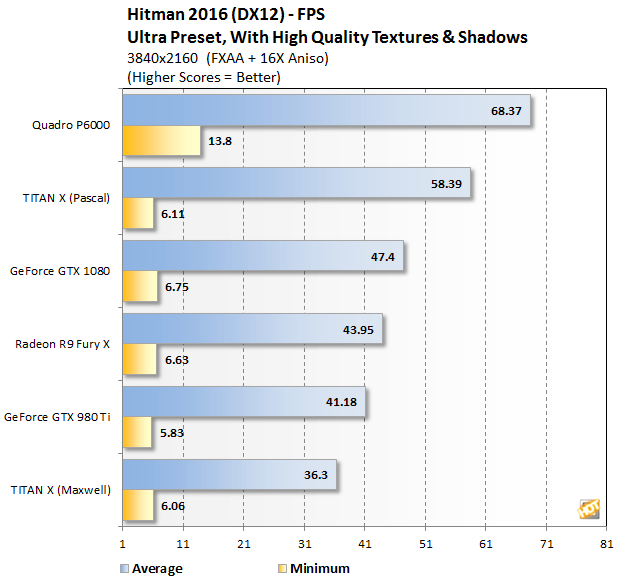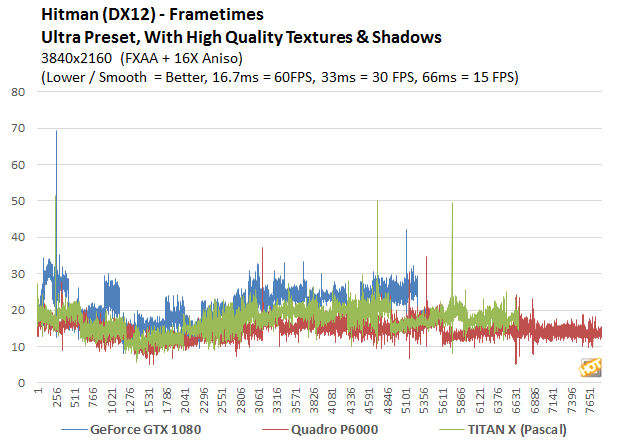Quadro P6000 & P5000 Gaming, Power, And Noise
3DMark Time Spy is a relatively new DirectX 12-based benchmark from Futuremark. It features a DirectX 12 engine, built from the ground up, to support bleeding-edge features like asynchronous compute, explicit multi-adapter, and multi-threading. Time Spy is designed to test the DirectX 12 performance of the latest graphics cards using a variety of techniques and varied visual sequences. This benchmark was developed with input from AMD, Intel, Microsoft, NVIDIA, and the other members of the Futuremark Benchmark Development Program, to showcase the potential of close-to-the-metal, low-overhead APIs like DirectX 12. We also tossed in a 4K run with the DX12-version of Hitman to show what the P6000 can do in an actual game...
|

A gaming-related benchmark doesn't necessarily belong in a review of a multi-thousand dollar, professional workstation-class GPU review, but every time we post an article like this we inevitably get questions about how well the card can handle gaming graphics. Since the Quadro P6000 could potentially give us a glimpse into the rumored GeForce GTX 1080 Ti's capabilities, however, the P6000's performance here is of particular interest. Remember, the Pascal-based GP102 as it exists on the current flagship GeForce TITAN X is not the full implementation of the chip. Two SMs have been disabled. The full GP102 actually has a grand total of 3,840 CUDA cores, which are all enabled on the Quadro P6000. The P6000 also has that massive 24GB memory configuration.
As a result, the Quadro P6000 actually puts up the best 3DMark score we have seen from a stock, single-GPU. If you're looking to make this benchmark's Hall of Fame list, the P6000 is the way to go. The P6000 clearly outpaces the TITAN X and GeForce GTX 1080 here. The P5000 is no slouch either, but it trials the GeForce GTX 1080 by a few percentage points.


|
|
|
Before bringing this article to a close, we'd like to cover a couple of final data points -- namely, power consumption and noise. Throughout all of our benchmarking and testing, we monitored acoustics and tracked how much power our test system was consuming using a power meter. Our goal was to give you an idea of how much power each graphics configuration used while idling and also while under a heavy workload. Please keep in mind that we were testing total system power consumption at the outlet here, not the power being drawn by the graphics cards alone.

In terms of noise output, the Quadro P5000 and P6000 are virtually silent at idle, but their fans do spin up to audible levels under load. We would not consider the cards loud, however, and they are both quieter than the previous-gen Quadro M6000.






